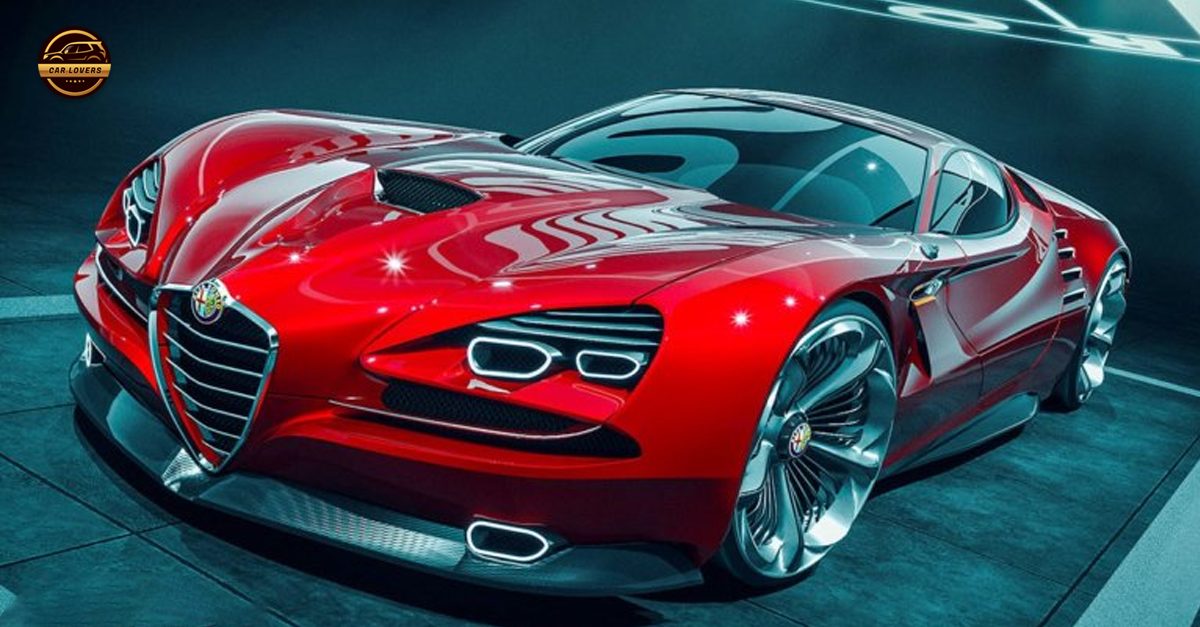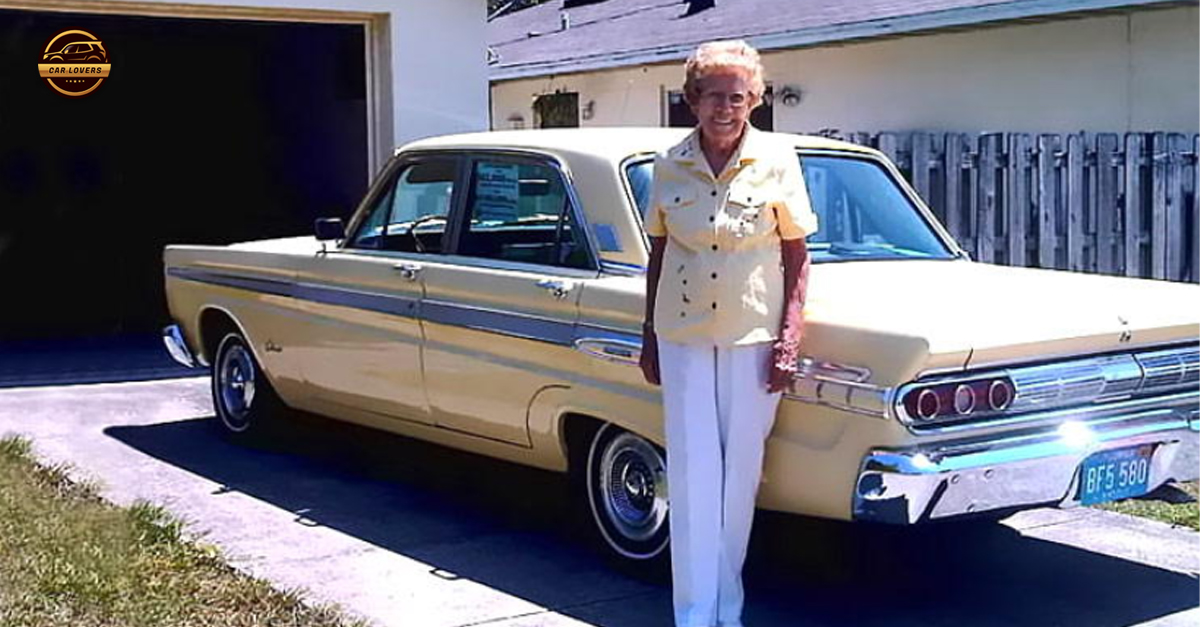A UK couple teamed up with Nissan and Arctic Trucks to build a unique 2023 Nissan Ariya e-4ORCE with massive tires, a lift, and body mods for clearance.

A trek from the magnetic North Pole to the South Pole is no easy feat. It requires a vehicle that can survive frigid temperatures, soft packed snow, and crossing wild and ever changing icy terrain. While you’d expect one to use a vehicle like the Toyota Hilux or a Ford F-150 for such an adventure, a couple from the UK have decided to go another route. They choose to use a 2023 Nissan Ariya e-4ORCE that was modified by Arctic Trucks to prove a fully sustainable vehicle like an EV can make such a trek.

According to a press release, the duo will travel “over 17,000 miles spanning 14 countries from the Arctic through to North, Central and South America, before finally crossing to Antarctica.” From the outside, this certainly isn’t your ordinary Nissan Ariya.

Its 39-inch tall BF Goodrich All-Terrain T/A KO2 tires are covered by a set of fender extensions made just for this all-electric crossover and help cover the modifications made to the body for tire clearance. A custom Arctic Trucks suspension lift then adds in more ground clearance on top of the lift from the BFGs. Skid plates front and rear also help this Arctic Ariya float over some of the deep snow it will tackle during its first and last legs of its pole-to-pole journey.

The roof contains a specially designed utility unit that houses a drone that can be launched from inside the vehicle. Another interesting feature inside the Ariya is a built-in espresso machine so that Chris Ramsey, the Pole to Pole EV Expedition Leader, can enjoy a hot cup of coffee and get a caffeine boost throughout their journey.
Being an EV, there will be the issue that even ICE vehicles that traverse the Arctic and Antarctic: how do you “refill” them when the juice eventually runs out? For most ICE vehicles, the combination of a larger fuel tank and carrying extra fuel is the normal solution. You’d think you can’t do that with an EV, but you don’t need to really carry it or even require an expansion of the battery pack. The Arctic Trucks team nor Nissan also didn’t add any more battery packs to the Ariya, either.

This Ariya is unmodified in its motors and its power source, it’s just like it came from the factory (again, minus the lift, tires, drone topper, and espresso machine). How do you recharge something in an area that doesn’t even have gas stations? And no, they will not be using an ICE powered generator, either. They’ll use mother nature to recharge their batteries.

This is actually where an EV can be an advantage over an ICE vehicle, as you can take advantage of the high winds and constant sunlight of these polar regions. The team will tow a prototype trailer that features a packable and lightweight wind turbine along with solar panels. This is then used to recharge the Ariya while both Chris and his partner, Julie Ramsey, rests or sleeps during the journey. That means that, even if the freezing temperatures affect battery capacity—and it will—all the team would need to do is stop and deploy the towed recharger. While the drive from one pole to another is already a world first, this is potentially a world first for EVs and sustainable energy. The entire 16,777 mile journey will be one for the history books and another feather in the cap for EVs doing something an ICE can do, but with far less carbon.





